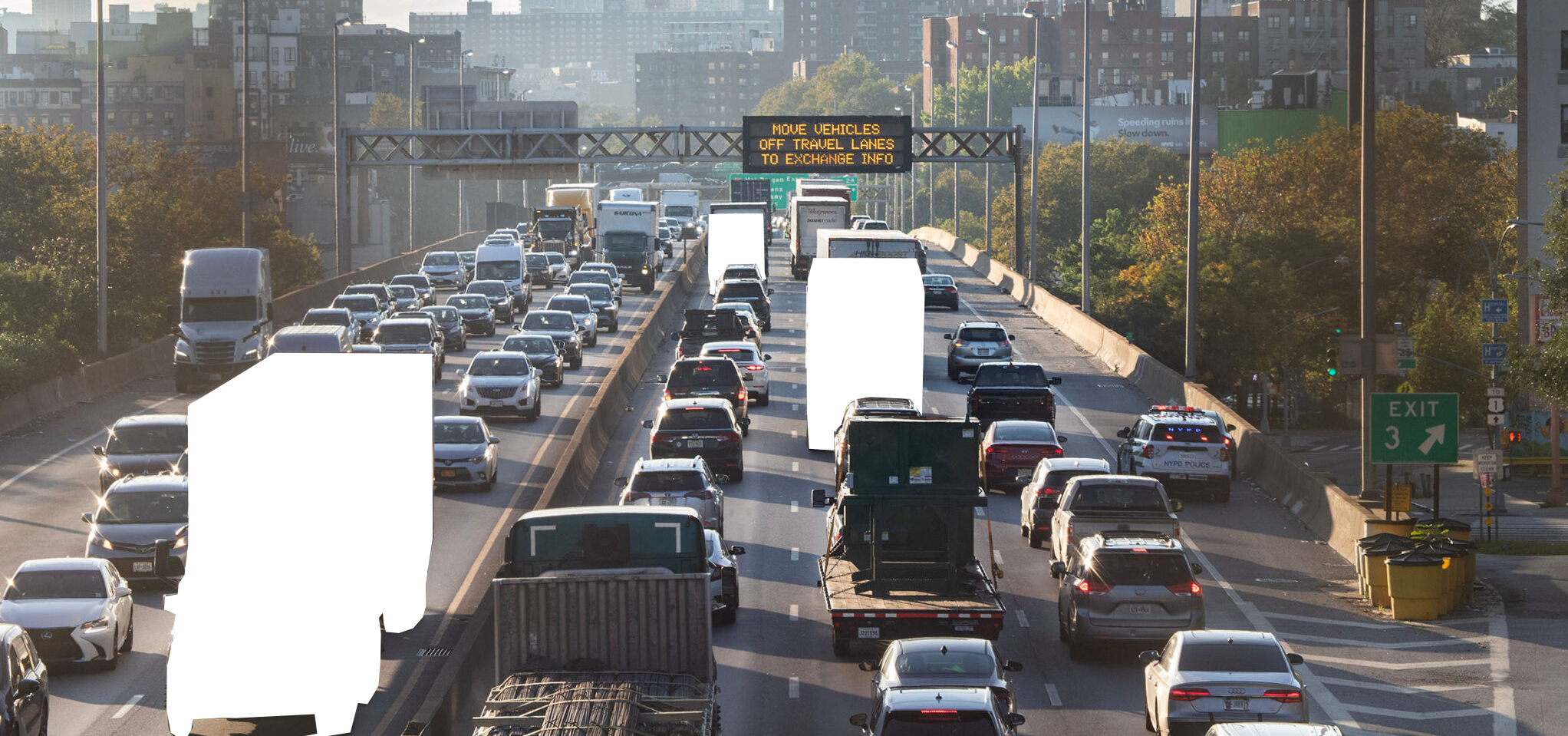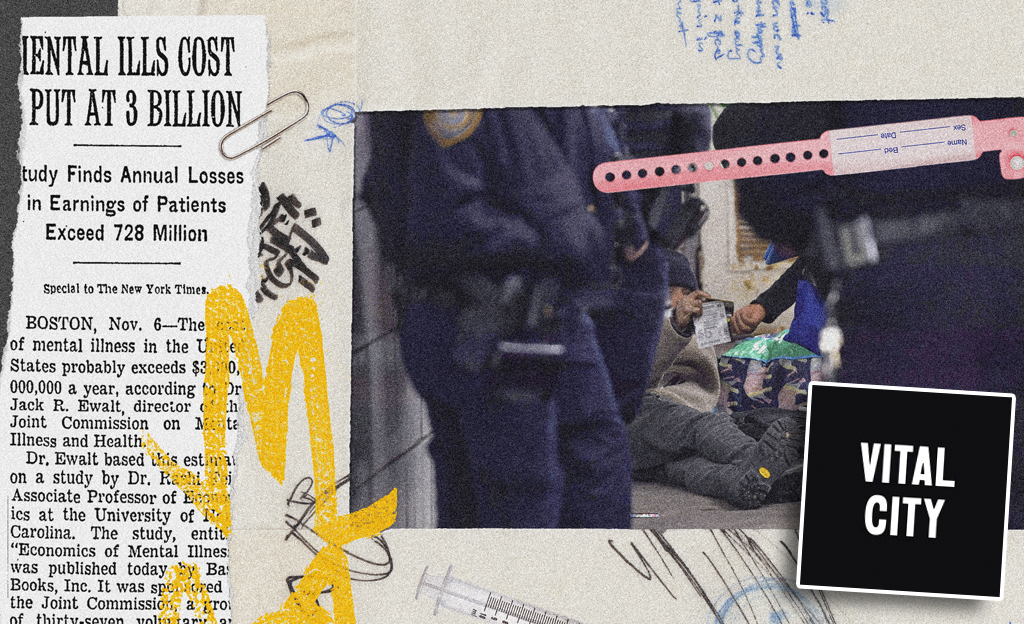
Elizabeth Kolbert, author of the outstanding Field Notes From a Catastrophe, covers climate change for the New Yorker. In this week's issue, she takes up congestion pricing and Mayor Michael Bloomberg's 2030 plan:
The case against congestion pricing is often posed in egalitarian terms. "The middle class and the poor will not be able to pay these fees and the rich will," State Assemblyman Richard Brodsky, of Westchester County, declared after listening to the Mayor's speech. In fact, the poor don't, as a rule, drive in and out of Manhattan: compare the cost of buying, insuring, and parking a car with the seventy-six dollars a month the M.T.A. charges for an unlimited-ride MetroCard. For those who do use cars to commute, eight dollars a day would, it's true, quickly add up. And that is precisely the point. Congestion pricing works only to the extent that it makes other choices-changing the hours of one's daily drive or, better yet, using mass transit-more attractive. One of the Mayor's proposals is to put the money raised by congestion pricing-an estimated four hundred million dollars a year-toward improving subway and bus service.
As a matter of city planning, congestion pricing is a compelling idea; in the context of climate change, it is much more than that. Any meaningful effort to address the problem will have to include incentives for low-emitting activities (walking, biking, riding the subway) and costs for high-emitting ones (flying, driving, sitting at home and cranking up the A.C.). These costs will inconvenience some people-perhaps most people-and the burden will not always be distributed with perfect fairness. But, as the Mayor pointed out, New York, a flood-prone coastal city, is vulnerable to one of global warming's most destructive-and most certain-consequences: rising sea levels. If New Yorkers won't change their behavior, then it's hard to see why anyone in the rest of the country or, for that matter, the world should, either. The congestion problem will, in that case, find a different resolution. Who, after all, wants to drive into a city that's under water?
Photo: tillwe/Flickr





